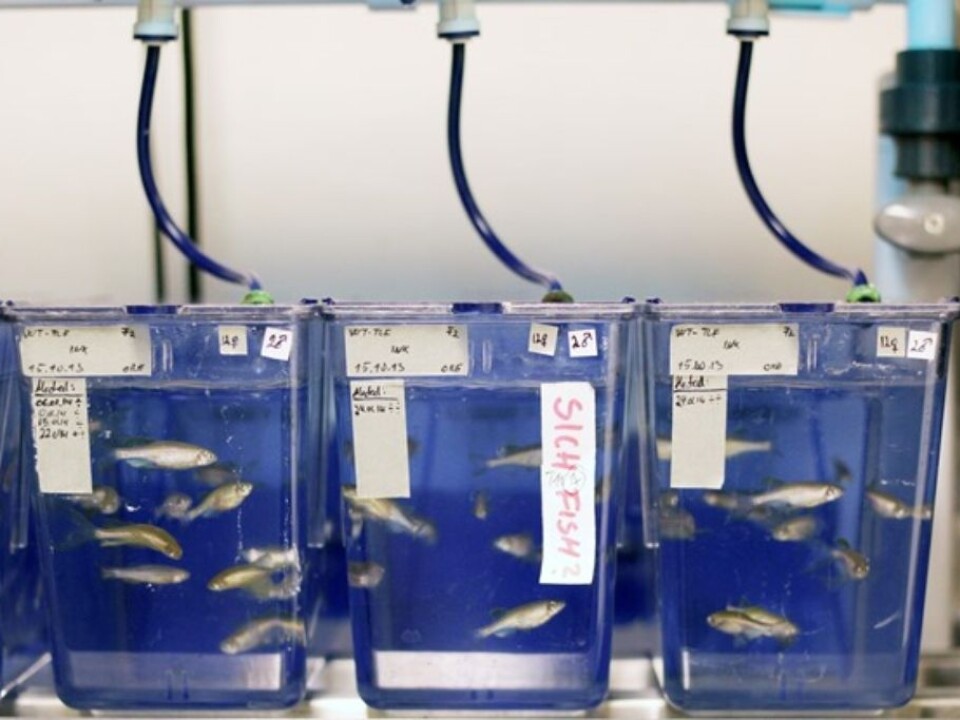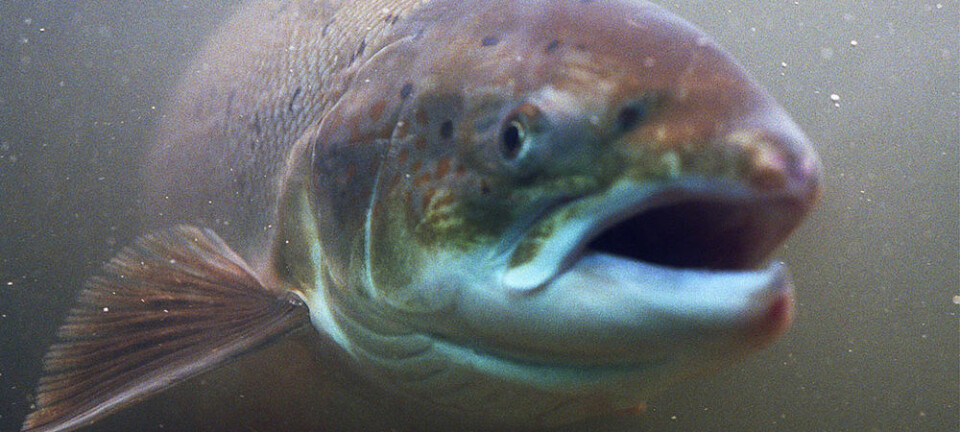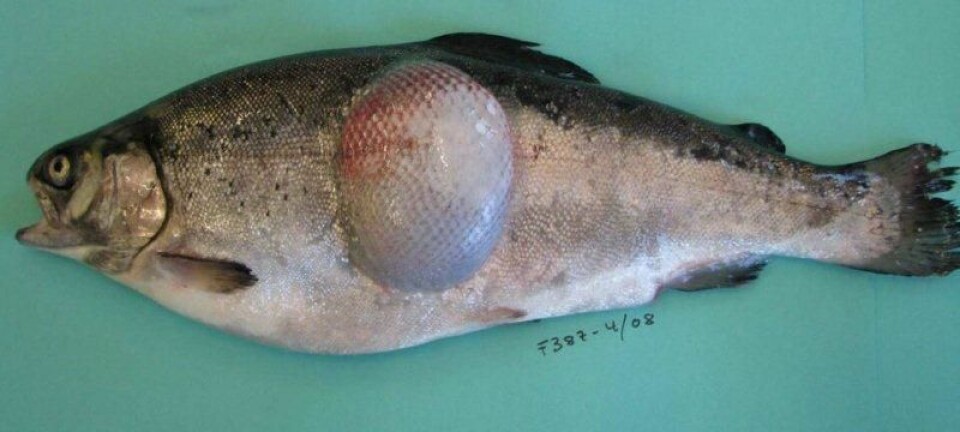An article from The National Institute of Nutrition and Seafood Research (NIFES)
Too much selenium is bad for reproduction
Although experimented on zebrafish, the researchers believe the results are applicable to humans.
Denne artikkelen er over ti år gammel og kan inneholde utdatert informasjon.
It has been previously shown that selenium can protect from the toxic effects mercury (Hg) has to the nervous system.
However, little is known about how they interact in reproduction.
In a recently published study, scientists from NIFES The National Institute of Nutrition and Seafood Research in Norway studied interactions between selenomethionine (SeMet) and methylmercury (MeHg) in zebrafish. The organic forms of selen and mercury, respectively.
Zebrafish
They explored the effects of mercury and selen on the growth, survival and reproduction of female zebrafish (Danio rerio).

The fish were fed four different diets containing different levels of selenium and mercury:
1: Se (0.7 mg Se/kg) and Hg (0.05 mg Hg/kg)
2: Se (0.7 mg Se/kg) and high Hg (12 mg Hg/kg)
3: High Se (10 mg Se/kg) and Hg (0.05 mg Hg/kg)
4: High Se (10 mg Se/kg) and high Hg (12 mg Hg/kg)
Reduced reproduction
High Hg reduced the growth and survival of female fish, but these effects were largely prevented with high Se. High Se alone did not affect fish growth or survival.
High Se decreased overall reproductive success. The combination of high Se and Hg had a synergistic negative effect on all aspects of fish reproduction compared to those groups fed elevated levels of either Se or Hg.
Overall, the study demonstrate that while increased dietary Se may reduce adverse effects of Hg on the growth and survival in adult fish, it can negatively affect fish reproductive potential, and the effect on reproduction is enhanced in the presence of elevated Hg.
Surprising results
“These are surprising findings,” says researcher Samuel Penglase, a PhD candidate at NIFES.
“We expected that methylmercury on its own would have a negative effect on reproduction.”
“But instead, we found that the diet which contained methylmercury had little effect on reproduction in zebrafish, and that a larger dose of selenium had a greater negative effect.”
The study supports the conclusions of other studies, including some from NIFES own, namely, that selenium can reduce the negative effects of methylmercury:
Selenium helped to reduce mortality and prevented the reduced growth, some of the effects of increased exposure to methylmercury.
The tolerable daily intake
The levels of selenium and methylmercury used in the experiment were 10 and 12 mg/kg body weight respectively.
These levels are similar to what can be found in fish from extremely polluted waters.
The tolerable daily intake (TDI) of selenium for humans is 0.4 mg. Selenium is an essential mineral, and most animals need it in their diet. Human beings need about 0.05 mg per day.
In Norway, it is not permitted to sell food that contains more than 0.5 mg/kg mercury.
The study is among the first to look at the effects of selenium and methylmercury on both the growth phase and reproduction in fish.
Penglase emphasises that the study does not say anything about the effect of these minerals on human reproduction, although it is possible that the results may apply.
“For that reason, the study ought to trigger new investigations of how selenium and methylmercury affect reproduction in mammals,” says Penglase.
------------
Read the Norwegian version of this article at forskning.no


































